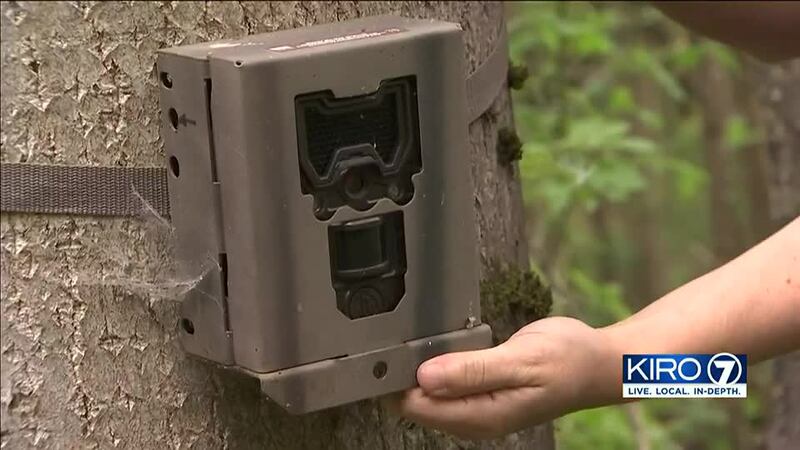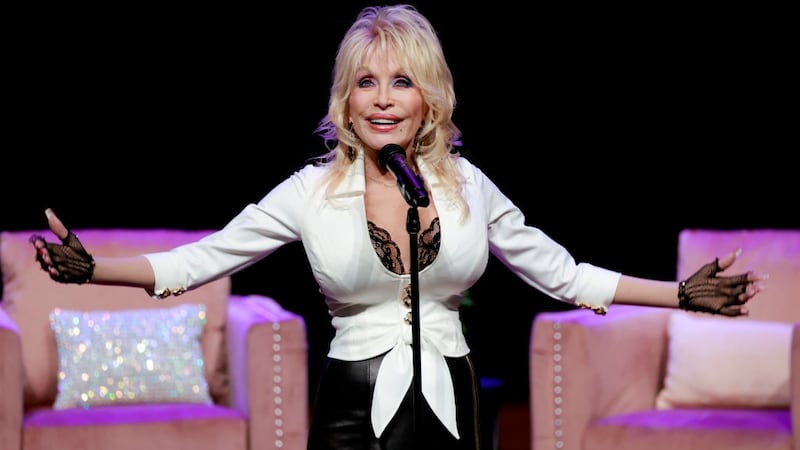SEATTLE — The Woodland Park Zoo is leading a study that explores interactions between humans and animals in an urban setting.
The project “Seattle Urban Carnivore Project” was launched by the Woodland Park Zoo and Seattle University in 2019. It relies on volunteer teams to maintain camera traps, an unobtrusive tool to study wildlife living in the city.
“Help us understand where they are existing, how they are using their resources in this very human-centered landscape, seeing how we co-exist in helping us to co-exist by understanding how they are using the land here,” Katie Remine said.
Living Northwest Conservation Coordinator Katie Remine leads the project with the help of more than 70 volunteers. The motion-triggered cameras are attached to trees in 40 different sites to capture where urban carnivores roam.
“Giving people from across Seattle a chance to get involved hands-on in conservation and especially young people to volunteer with the project,” said Remine.
Hillary Ethe and her 11-year-old son Cassius are among the volunteers dedicated to the project.
“Helping out, so that it actually works as a project, for like scientists to discover new animals,” Cassius Ethe said.
Cassius and his mother collect data from the cameras to help researchers study the animals’ patterns.
“Participating in actual research based science has been a very exciting opportunity for him,” said Hillary Ethe.
Their site is tucked inside a park on Beacon Hill in Seattle.
“I think for children to learn to what it means to be stewards of the land is really fundamentally important especially in urban centers like Seattle that are just growing at very fast rates,” said Hillary Ethe.
This information will further look at how developed areas may have altered the behavior of wildlife.
“There are 30 cities across North America using similar methods, so then we can ask questions about patterns of these animals across the country not just one city. And see how the cities compare and how the wildlife and ecology compares,” said Remine.
While the cameras catch a variety of animals including the occasional dog or house cat, the project focuses on coyotes, foxes, raccoons, possums, bobcats, cougars, bears, mountain lions, and river otters.
“For us to look at ways that we can conserve wildlife corridors and connected habitats in order to be able to see how we can be part of larger ecosystems with humans and nonhumans alike,” said Hillary Ethe.
Ultimately the project aims to create a sustainable community that promotes a peaceful coexistence between humans and wildlife.
For information on the project, visit: https://www.zoo.org/seattlecarnivores
©2021 Cox Media Group








